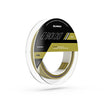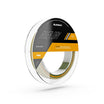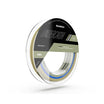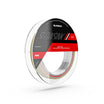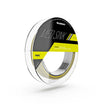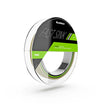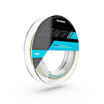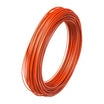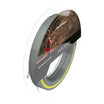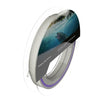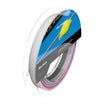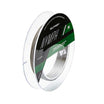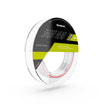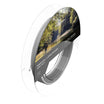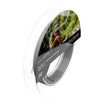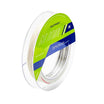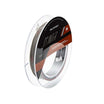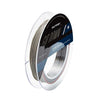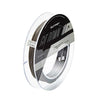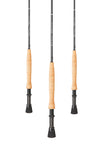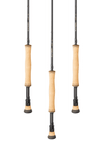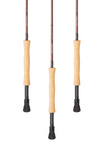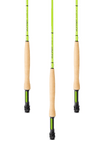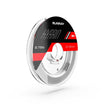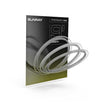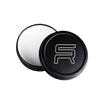The Philosophy
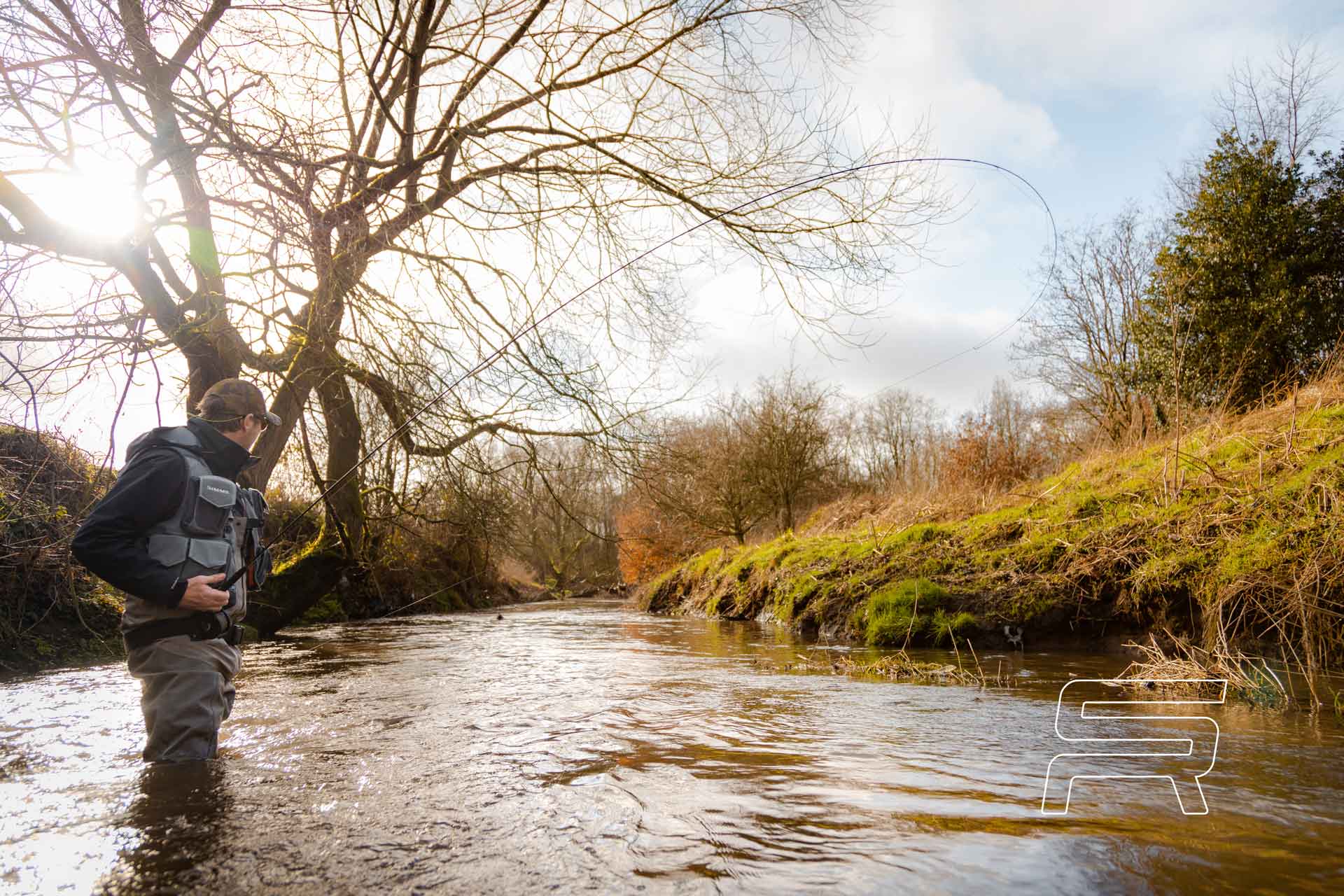
Spook Less. Hook More. Land More.
Over the last 30 years fly rods have become stiffer. Fly lines have become thicker to bend these stiffer rods. Stiff rods offer little shock absorption for tippets so you lose fish. They are unpleasant to cast and they can cause shoulder, wrist, back injuries.
The thinking behind stiff rods is that they cast into a wind and they have power to play large fish. The reverse is true. Stiff fly rods need heavy, thick fly lines to load them. A thick fly line has more air resistance and lands more heavily. As for power, most people only play fish with the top 1/3rd of a stiff rod because they are scared of bending the rod down to the handle. They're scared because they know they will snap the tippet especially if a fish shakes it's head.
Sunray Fly Rods are softer so you can bend them fully into the handle, which means you are using the entire rod, not just the tip, to play a fish. That's where the power comes from, the butt. More importantly the load is spread over the entire length of the rod which offers greater protection for the tippet. You lose fewer fish.
Sunray Fly Lines are thinner so they cut through the wind and land more gently. They offer less drag in water when playing fish so you can use lighter tippets.
History of Thinner Fly Lines
Silk fly lines are much thinner than PVC floating fly lines. It's no coincidence that older cane & bamboo fly rods had smaller rings. They were also softer in action due to the materials. Rods didn't need all the power they have now because the lines were thinner and cut the air much more easily.
Reducing the diameter of the projectile has a profound domino effect on all the other components of the fly fishing system. If the rod you are using is now softer, you have more shock absorbency in the fly rod. That means you can use lighter tippets, which generally means you spook fewer fish and hook more fish. The rod bends more and protects the tippet so you land more fish.


